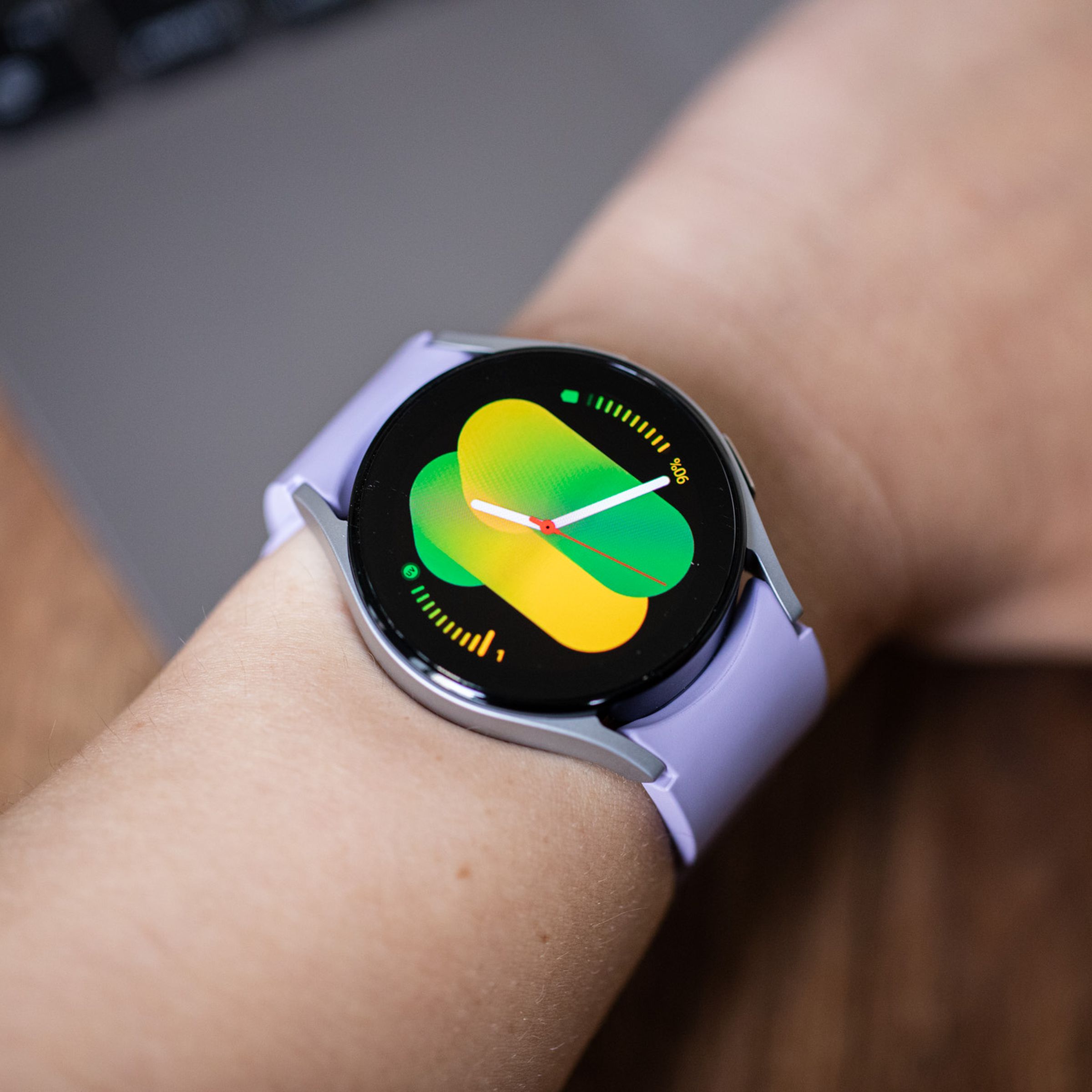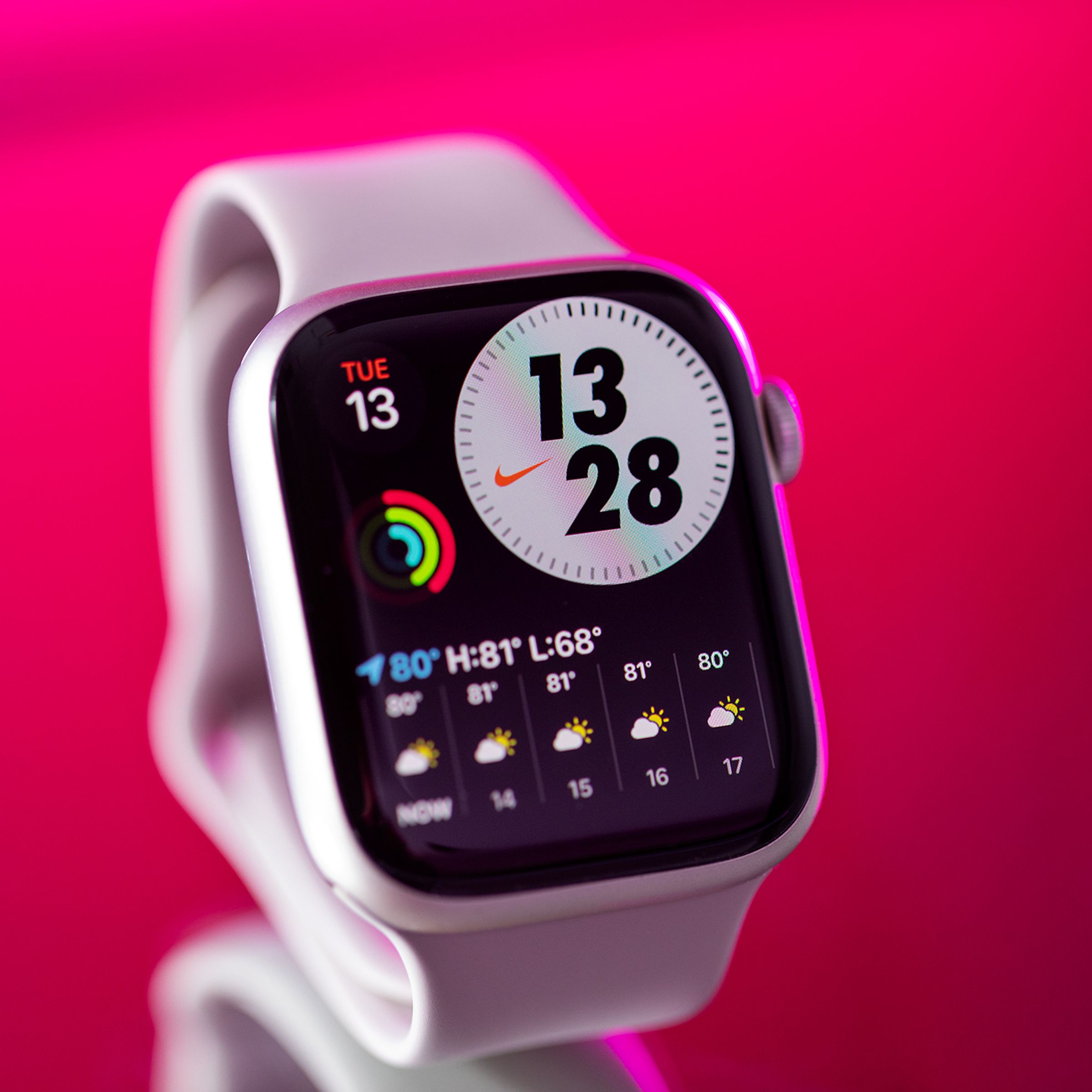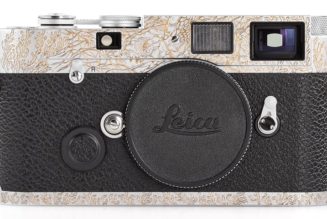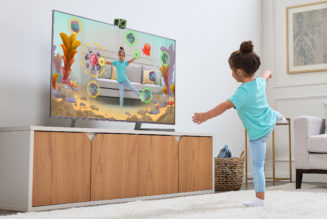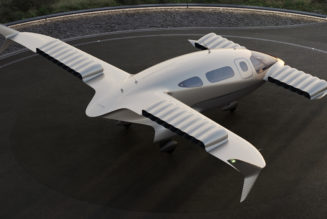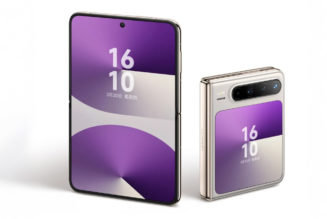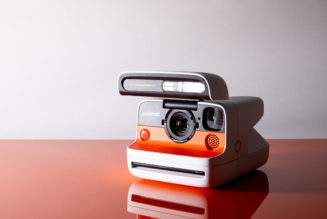Sleep tech is more than tracking. It can also help you fall asleep, stay asleep, or wake up earlier.
Sleep tech runs the gamut from trackers and apps to expensive smart beds, but it doesn’t all address the same issues. Are you trying to see how your sleep impacts your athletic performance? Hoping to mask the sound of a snoring partner? Before you pull out your wallet, you should know how a gadget will help you achieve your specific sleep goals.
One factor to keep in mind is how well a device fits your lifestyle. There’s no point in wrist-based sleep trackers if you wake up in the middle of the night to take them off. If you can’t wear a watch, earbuds, or a ring to bed, you may want to look into non-invasive options like the Withings Sleep or the Google Nest Hub.
Excellent battery life will also make sleep tracking a lot more convenient. It’s not great if a device can’t reliably last through the night. This is why smartwatches don’t always make the best sleep trackers. But if you’ve got your heart set on using a smartwatch, you’ve got to make peace with adjusting your charging schedule. Fast charging can make this less painful, but if sleep tracking is a huge priority, you might be better off with one of the alternative devices in this buying guide.
Also, take sleep tracking accuracy with a grain of salt. Sleep tech has come a long way in just a few short years, but these aren’t medical devices. Gadgets like the Withings ScanWatch have FDA clearance for monitoring sleep disturbances, but that doesn’t mean they can diagnose you with sleep apnea. No matter how advanced the sensors are, or how many features a product may boast, trackers are meant to help spot when something’s off. Nothing more.
Taking all that into consideration, I’ve compiled these recommendations based on how well a sleep gadget addresses the problems it’s trying to fix. We also considered comfort, accuracy, battery life, and whether it provides good context for its data.
The Oura smart ring is a comfortable sleep and recovery tracker offering features like quantified meditation sessions, the ability to measure daytime heart rate, and more. New users require a $5.99 per month subscription to take full advantage of all its features.
The Oura smart ring is a comfortable sleep and recovery tracker offering features like quantified meditation sessions, the ability to measure daytime heart rate, and more. New users require a $5.99 per month subscription to take full advantage of all its features.
The $299 Oura Ring isn’t a fitness tracker that happens to track sleep. It’s a sleep tracker that happens to track some fitness metrics. The ring has seven temperature sensors, a green LED sensor for measuring heart rate, and red and infrared LEDs to measure blood oxygen. That’s not including the battery or accelerometers.
All these sensors provide a holistic look at your recovery. Each morning, you’re given a report on your readiness, sleep quality, and activity goals for the day. These reports tell you how your sleep impacts your daily ability to take on stress, and whether you should take it easy or challenge yourself. The app also includes wellness features like guided meditations and white noise to help you fall asleep. Oura has also recently added a new chronotype and body clock feature that helps you optimize your sleep schedule based on whether you’re naturally an early riser or a night owl. If you use the Natural Cycles app for digital birth control or fertility planning, it can be used in lieu of a basal body thermometer as well.

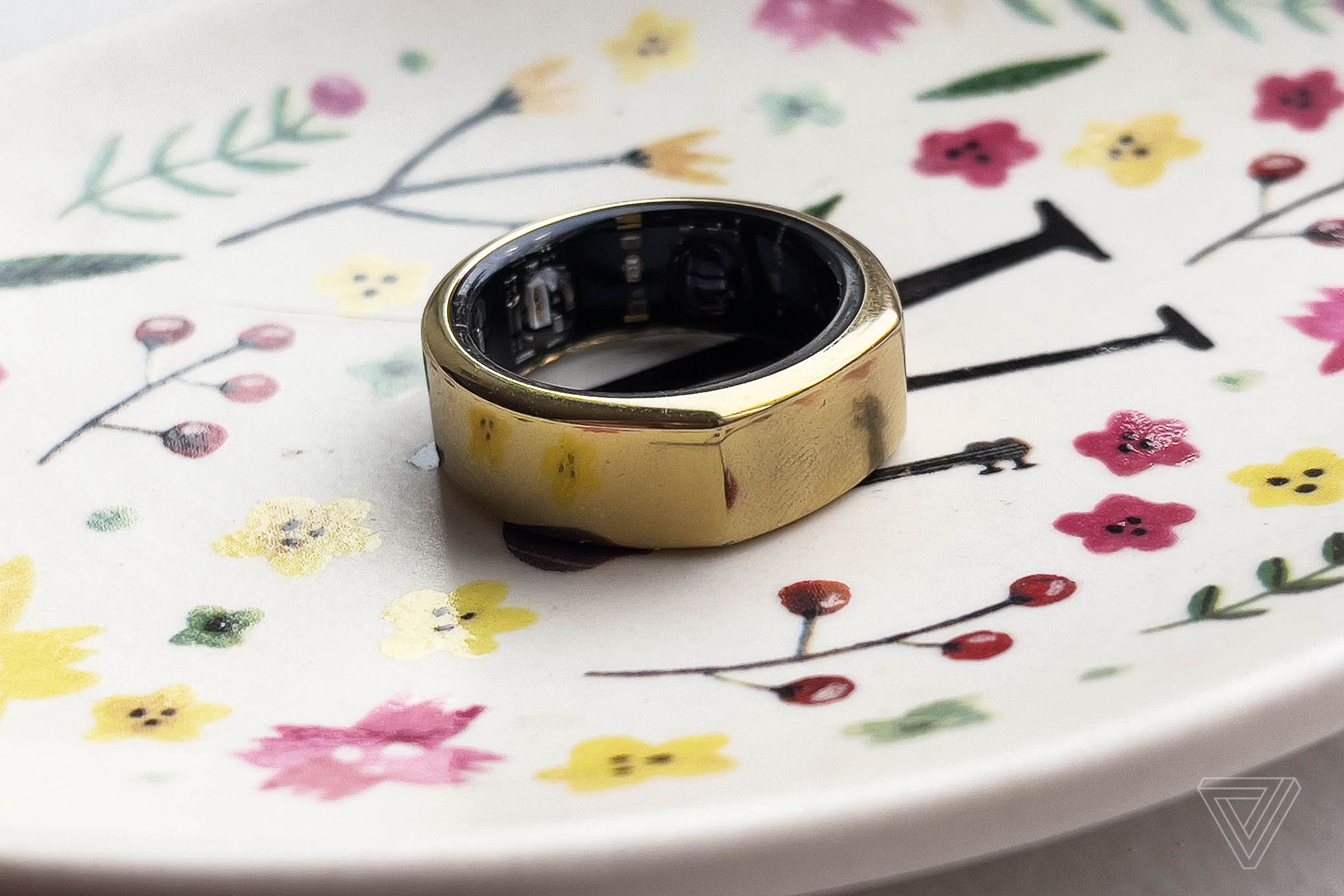
Of all the sleep gadgets I’ve tested, the Oura Ring has the best context for its data, which it presents in an intuitive way. Its version of blood oxygen monitoring is also preferable to the random spot checks found on devices like the Apple Watch and Samsung Galaxy Watch 5. Instead, the Oura Ring passively monitors your blood oxygen saturation (SpO2) levels during sleep and encourages you to check your baseline over a long period of time. It’s not exciting, but it’s a more useful measure for the average person. The Oura is also one of the few devices to include a recovery mode. If you’re sick or injured, you can hit pause on your activity goals until you’re back to full health.
But the main appeal here is the form factor: A ring is infinitely more comfortable than a watch. And although it’s not the most fashionable, it’s nondescript enough to wear to any event. Plus, you get up to a week on a single charge. (Though in my testing, I got four to five days. Enabling SpO2 monitoring will also drain battery.)
The only thing I don’t love is that it now comes with a $6 monthly subscription. However, if you’re truly passionate about monitoring your sleep and willing to commit long-term, it’s well worth the price.
Read my review of the Oura Ring (third-gen)
Google’s first in-house smartwatch has a beautiful domed display and native Fitbit integration for health tracking. It comes with six months of Fitbit Premium and three months of YouTube Music. Wellbots is discounting it by $60 when you use promo code GWATCHVERGE at checkout.
Google’s first in-house smartwatch has a beautiful domed display and native Fitbit integration for health tracking. It comes with six months of Fitbit Premium and three months of YouTube Music. Wellbots is discounting it by $60 when you use promo code GWATCHVERGE at checkout.
The $349.99 Google Pixel Watch might seem like an odd choice, given that it’s a first-gen smartwatch. And while it’s true there are some growing pains, the Pixel Watch gets you access to Fitbit’s sleep tracking platform.
Fitbit might be floundering a bit these days, but it was early to sleep tracking and it shows. Of course, you get sleep stages, but you can also view how your sleep compares to other people of your age and sex. Like the Oura Ring, it eschews SpO2 spot checks for passive overnight tracking (via the Estimated Oxygen Variation metric) and also provides a Daily Readiness Score based on your long-term activity and sleep quality. Since launch, Google also added Fitbit’s Sleep Profile feature to the Pixel Watch. After 14 days of sleep data in a month, the following month you’ll be assigned a cute sleep animal based on your sleep habits. The idea is to help you better understand your circadian rhythms and how it impacts sleep.Fitbit Premium subscribers also get access to a ton of wellness content, if that’s your thing. Apple and Samsung are still catching up here in terms of accuracy, battery life, and the level of detail in their sleep metrics.

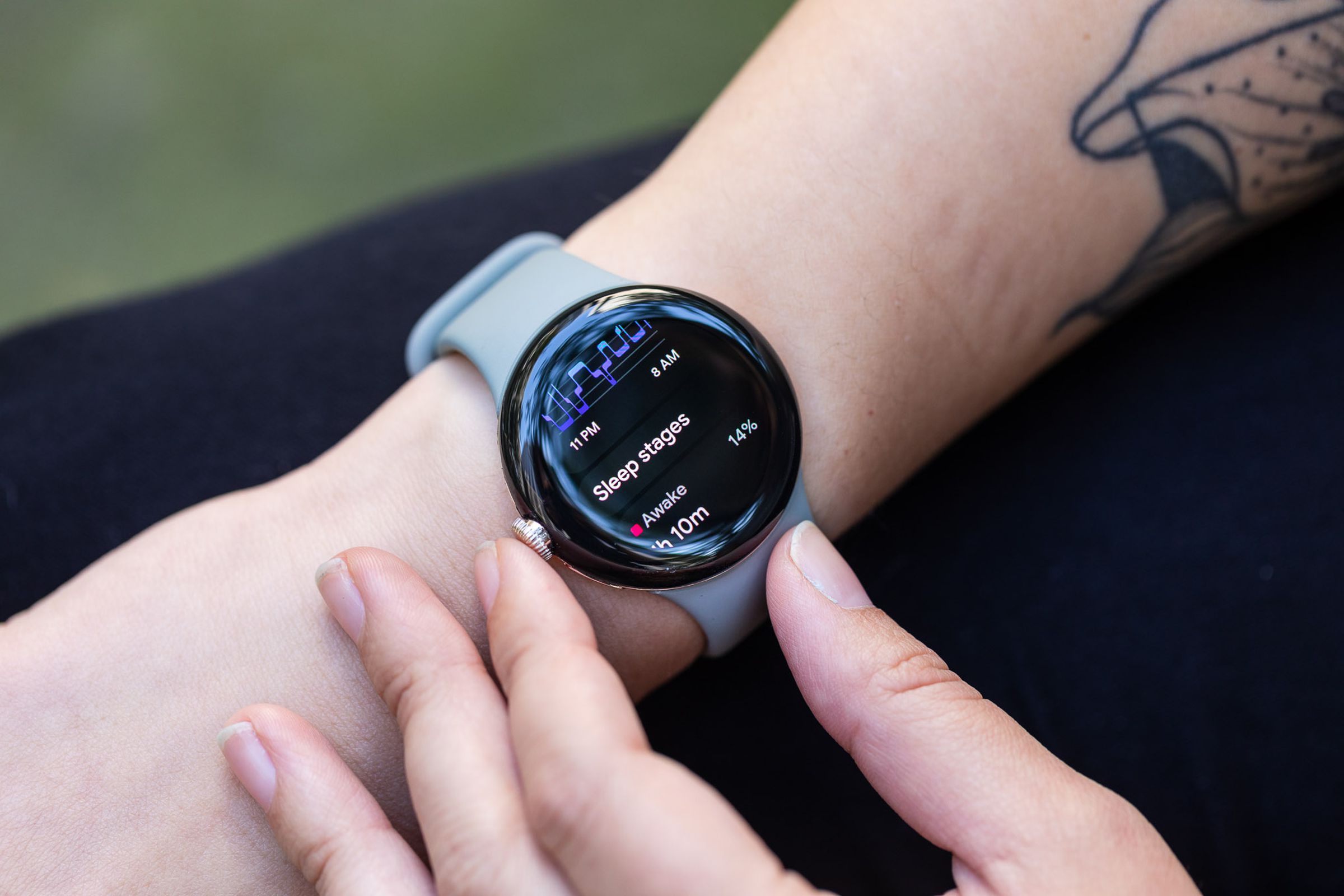
Compared to the Oura Ring, you’re going to get better exercise-tracking capabilities with the Pixel Watch’s built-in GPS. Although Oura has beefed up its exercise tracking, it’s still barebones. And the Pixel Watch is handier in day-to-day life because you can set silent alarms, use it for contactless payments, and receive notifications. It also supports Google Assistant.
If you’re wary of Google, or just aren’t too happy with Fitbit as a whole these days, then the Samsung Galaxy Watch 5 is a good option for Android users. Samsung’s accuracy isn’t quite as good, but the company’s fleshed out its advanced sleep features in the past year. It too has a sleep profile feature that’s similar to Fitbit’s, though it arguably has a better selection of cartoon animals. (The Galaxy Watch 5 said I was a cautious deer but spiritually, I identify as a nervous penguin.)
For iOS users, the Apple Watch is the best smartwatch overall but its native sleep-tracking features have a long way to go. If you’re set on having an Apple Watch, they’ll get you the basics and you can set sleep schedules that sync with your phone’s Focus modes. However, if you want great sleep tracking and are dead set on an Apple Watch, you’re better off downloading a third-party sleep app or getting one of the other options in this buying guide.
Read my review of the Google Pixel Watch
This distraction-free recovery tracker helps you monitor your sleep quality and cardiovascular strain. The hardware is “free,” but it costs $30 per month.
This distraction-free recovery tracker helps you monitor your sleep quality and cardiovascular strain. The hardware is “free,” but it costs $30 per month.
As far as recovery goes, no sleep tech gadget goes the extra mile for athletes quite like Whoop. It primarily tracks your body’s ability to take on cardiovascular strain, but its take on sleep is unique. Instead of focusing on sleep quality, it zeroes in on your sleep debt and whether the sleep you’re getting is enough to fuel your training.
If you’re into scrutinizing how certain factors impact your sleep, Whoop is far ahead of the competition. You can log how anything from the COVID-19 vaccine to magnesium supplements affects your sleep. It’s not a necessary feature, but it’s a bonus if sleep journaling is important to you.
Unlike with most modern wearables, you’ll get next to nothing in the way of notifications or smart features. However, that also means it’s got good battery life. The Whoop 4.0 also comes with a portable battery pack that slides onto the tracker itself. The result is you can go several days without ever having to take the tracker off. Whoop also gives you flexible options for wearing the device. For example, you can opt to wear it on your bicep, in your leggings, or even in a sports bra.

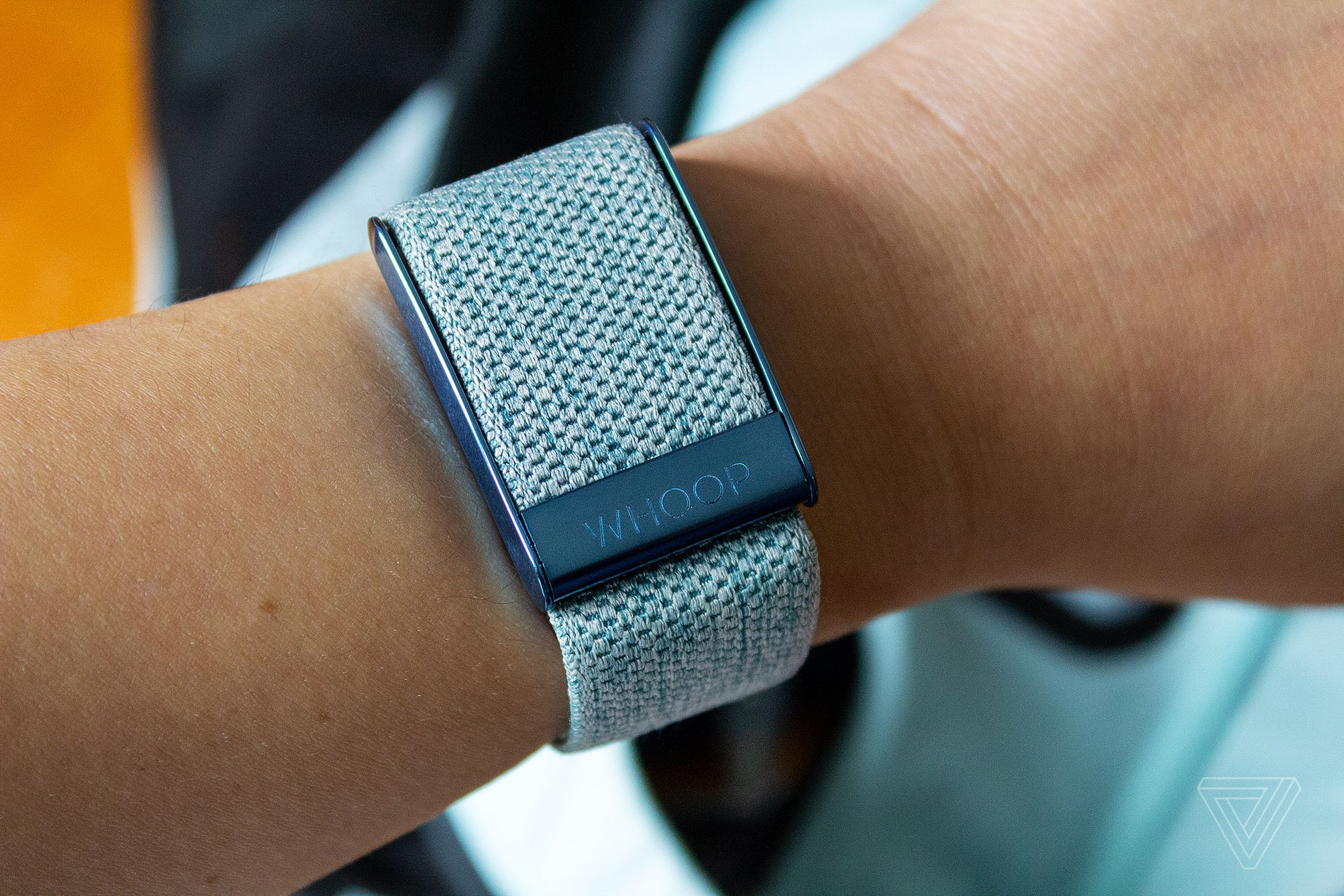
That said, this is a niche product best suited for athletes who engage in intensive cardio sports. (It’s not the best at tracking strain from activities like strength training.) The device costs nothing, but the $30 monthly subscription is steep. Whoop recently discounted its prices for annual and 24-month memberships, but if you’re a casual athlete, your money is still better spent elsewhere. But if you are someone who’s always training for an event or prone to overtraining, the Whoop 4.0 can get you that extra edge.
If this option is too pricy — or a minimum 12-month membership isn’t appealing — then you may want to consider a Garmin tracker or smartwatch. Like Whoop, you’ll get long battery life coupled with robust training features that factor in your sleep quality when determining your recovery. Garmin doesn’t have the best sleep stage accuracy, but the fitness insights make up for it. Especially if your real goal in improving sleep is to enhance athletic performance. There are dozens of Garmins to pick from, but if you’re on a budget, we really like the $179.99 Vivomove Sport or the $249.99 Venu Sq 2. The $449.99 Forerunner 265S is also another excellent midrange option for runners or triathletes.
Read my review of the Whoop 4.0
A non-invasive sleep tracker that you can slip under your mattress. It generates in-depth sleep reports that you can share with your doctor.
A non-invasive sleep tracker that you can slip under your mattress. It generates in-depth sleep reports that you can share with your doctor.
If you don’t want to wear any gadgets to bed, the $129.95 Withings Sleep is a good, affordable option. It’s a long, rectangular mat with sensors and a fabric covering that you slip under your mattress. The sleep tracking was wonky when this product was first launched as the Nokia Sleep, but has since been improved. In addition to your heart rate and sleep cycles, it also tracks snoring and breathing disturbances. It’s also not battery-operated, so you don’t have to worry about charging the device every day.

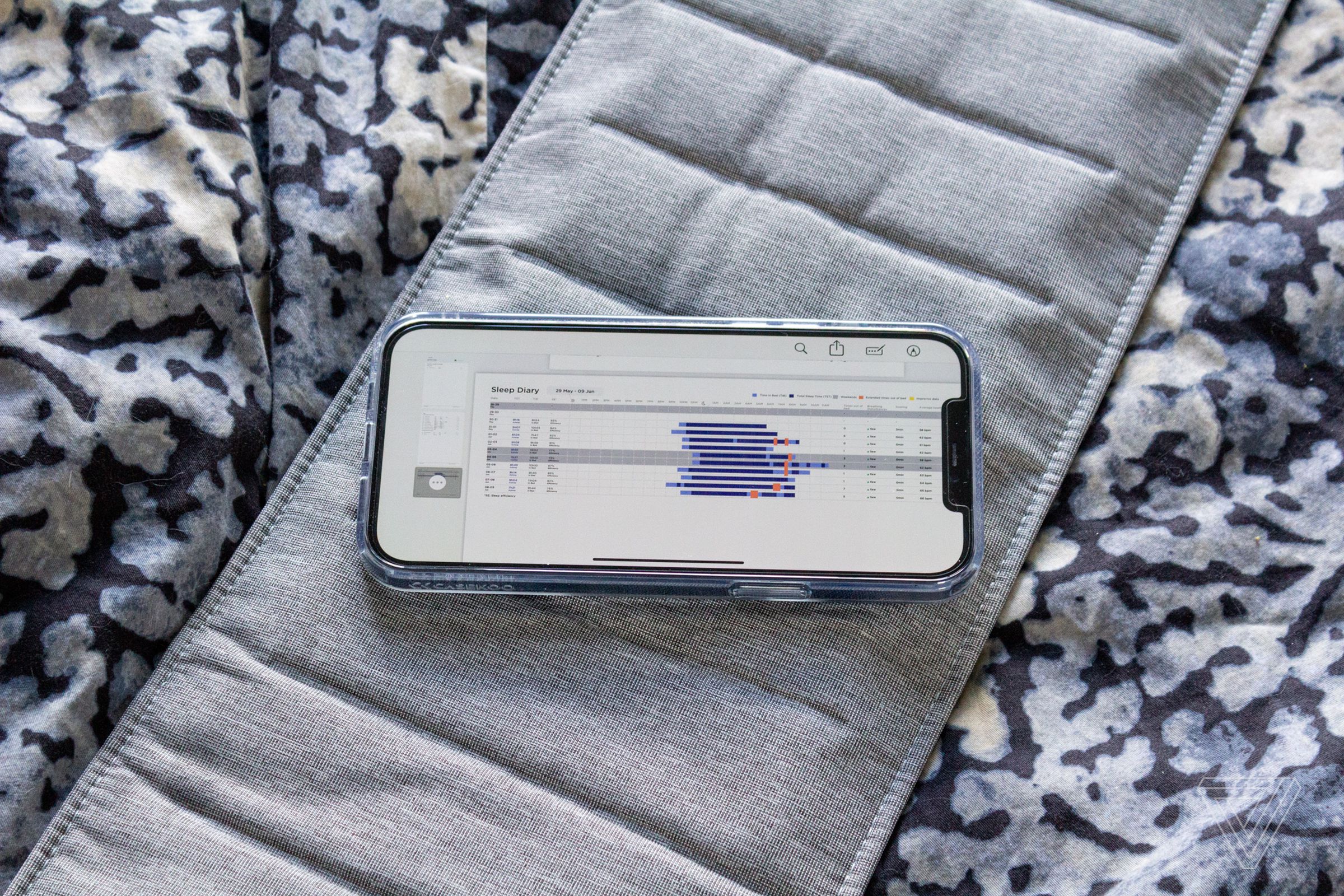
The Withings Sleep is also one of the best options if you’re trying to suss out long-term sleeping patterns. Within the Withings app, you can generate an automatic, comprehensive sleep diary that helps break down important trends and visualize your metrics. That report can then be exported as a PDF that you share with your doctor.
The Withings Sleep isn’t particularly fancy, but it punches above its weight. While we’re bummed that Withings recently raised the price by $30, this is something you often see on sale during holidays. Withings also offers a bundle in case you need a second one for your sleep partner.
Read my review of the Withings Sleep
This smart mattress cover comes with a water pump to help regulate temperature for two people. It also tracks your sleep.
This smart mattress cover comes with a water pump to help regulate temperature for two people. It also tracks your sleep.
For folks who run hot or cold, the Eight Sleep Pod 2 Pro Cover (starting at $1,795) is an effective way to stop fighting over the blankets. The cover zips over your own mattress and comes with a water pump that regulates temperature on both sides of the bed. You can manually set your temperature schedules, or, if you opt for a $19 monthly membership, Eight Sleep has an autopilot function that adjusts the temperature of your bed for you. It plugs into an outlet, so there’s also no need to worry about battery life unless there’s a blackout.
There’s also a silent alarm that vibrates to wake up one partner without disturbing the other. The cover itself has sensors for sleep tracking, though that’s not its primary focus. The app gives good context as to what your sleep data means, though it’s better for monitoring sleep consistency and habits than sleep quality or recovery.

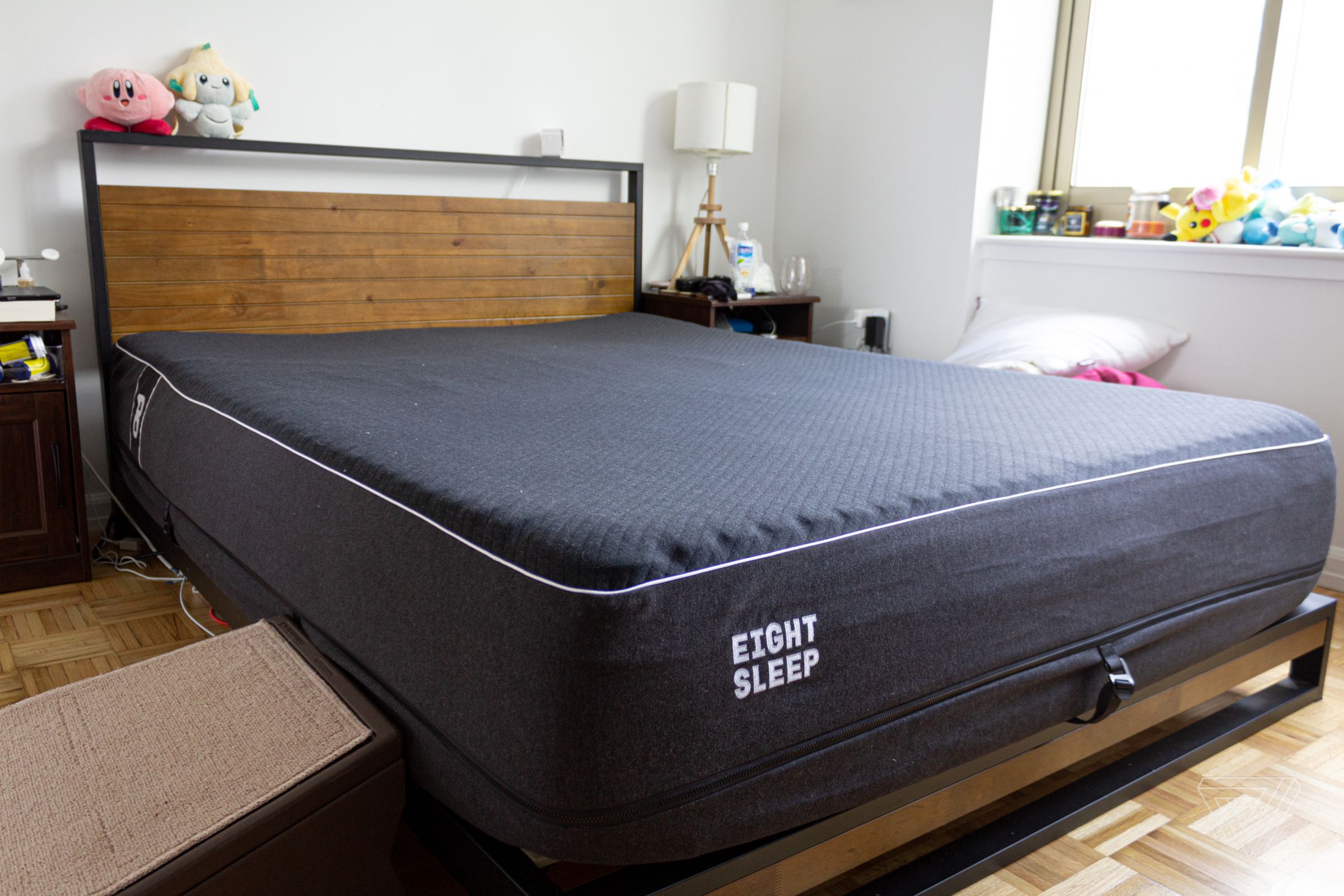
Eight Sleep just launched a newer version of this device, which adds more sensors and the ability to connect to 5GHz Wi-Fi. However, you can save money by getting the Pod 2 Pro Cover if sensor accuracy isn’t your top concern. Despite the cost, the cover does its main job very well and is more affordable than whole smart beds that also offer cooling.
Read my review of the Eight Sleep Pod 2 Pro Cover
The Hatch Restore 2 is a smart alarm clock that doubles as a sunrise lamp. It also has a number of white noise and audio content to help you build morning and nighttime routines.
The Hatch Restore 2 is a smart alarm clock that doubles as a sunrise lamp. It also has a number of white noise and audio content to help you build morning and nighttime routines.
The $199.99 Hatch Restore 2 is a viral TikTok sensation for a reason. Not only is this an aesthetically pleasing sunrise lamp for your nightstand, but it also doubles as a smart alarm clock and white noise machine. Normally, I’m wary of multi-tasking gadgets, but the Restore 2 blends all three in a natural, intuitive way.
The point of a sunrise lamp is to wake you up gradually with the light of a simulated sunrise. With the Restore 2, you can pick from the whole rainbow of colors, as well as preprogrammed sunrise and sunset palettes. Everyone’s sensitivity to light is different, but the Hatch Restore 2’s linen covering makes for a gentle experience without sacrificing brightness. There are audible alarms as well, but they’re more peaceful than a blaring siren. For example, you can choose from nature sounds or retro lo-fi beats. I also like that there are tactile buttons, which makes it easy to roll over and turn off the alarm (or hit snooze) without having to actually look at the thing.

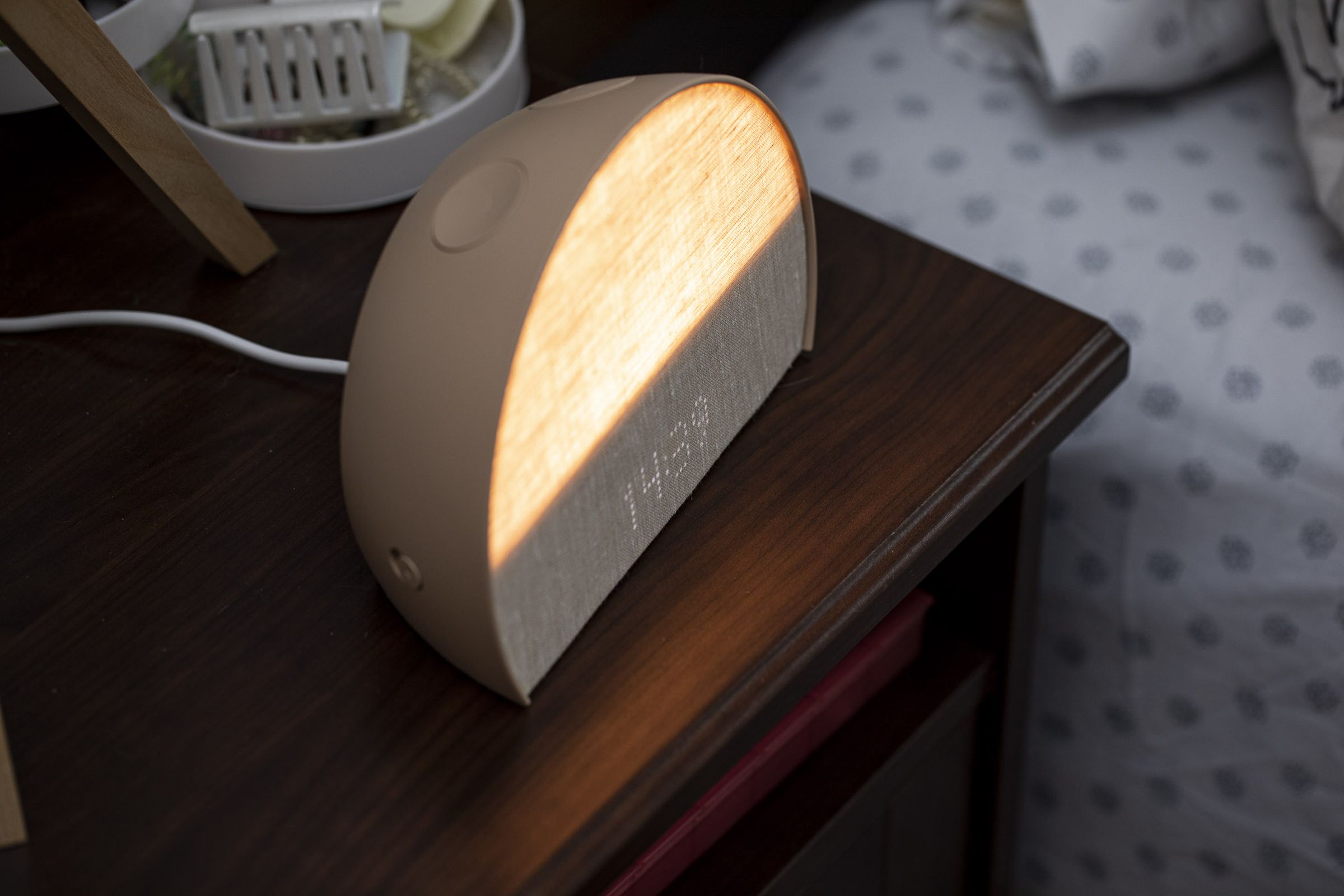
But the best part of the Restore 2 is that it can help you build morning and nighttime routines. There’s original content that ranges from meditations, positive affirmations, white noise (and pink / brown noise), as well as sleep stories. The only rub is that to get full access to the content library, you need to pay a $49.99 yearly or $4.99 monthly subscription. On the flip side, you don’t need a subscription if all you want are sunrise alarms and sleep sounds. The subscription mostly gets you access to sunset simulations and “morning moments,” which are Hatch’s inspirational audio content designed to kick off your day.
Read my review of the Hatch Restore 2.
Update, May 5th, 11:30AM ET: This article has been updated to remove the Amazon Halo Rise due to it being discontinued. It has been replaced with Hatch Restore 2.

